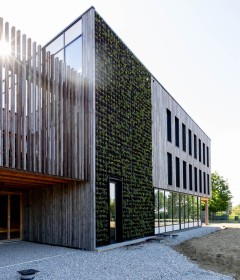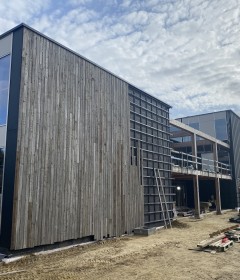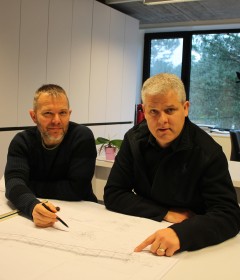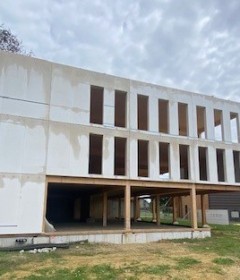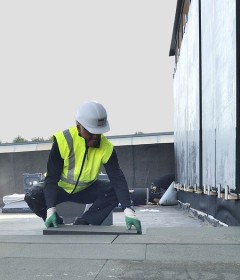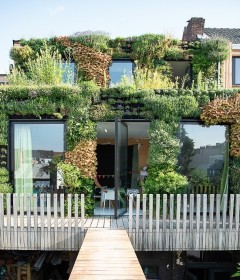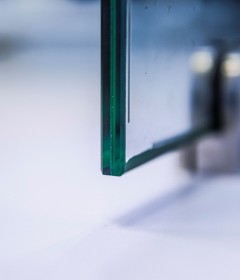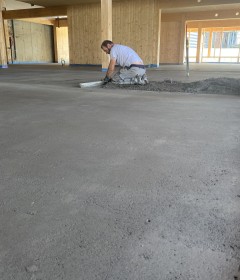18 augustus 2021
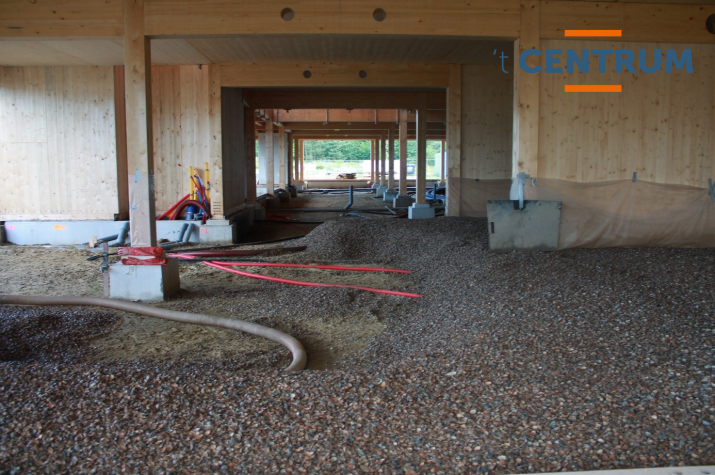
The construction team opted for shell insulation for the floor insulation at ‘t Centrum. Teun Depreeuw of Ecoschelp explains what this involves.
What is shell insulation?
Teun: “Shell insulation is insulation made from washed and sieved sea shells. They can be reused endlessly because of their solidity but shells are also an unprocessed material, which promotes circularity.”
What applications can you use shells for?
Teun: “Shell insulation is suitable for a wide range of applications, from food supplements for pet food to building materials.
We use shells for insulation with biobased materials. They are circular and can be used in multiple ways post-insulation, as ground cover, as a construction application or for stability and as an addition.
Shell insulation is suitable for the following applications, among others:
- insulation of crawl spaces: to seal the floor of the crawl space in existing buildings
- building on shells: as a foundation material for light structures such as timber frame construction (heat insulation, pressure-resistant)
- infiltration facilities: drainage, wadi water features, garden paths
- floor insulation and construction on open soil such as in ’t Centrum at Kamp C.
What makes shell insulation circular?
Teun: “Shells are the only insulating material that can withstand water without being damaged. They are eco-friendly and a bio-based material, have no additives, are not anchored in the construction (loose installation) and are therefore easy to recover and reuse in the same application, making them a circular material. In sustainable construction you use environmentally-friendly products with a good insulation value. Shells meet both these requirements.
They are natural and sustainable. In addition, they are also multifunctional because shells come in different sizes and shapes. The smaller ones are ideal for the drainage of (garden) paths, while the larger ones have a heat-insulating effect.
They even purify the climate in your home by forming a natural barrier between the groundwater and the ground floor. People who are sensitive to moisture differences (rheumatism and asthma patients) can breathe easily in any room where shells are used as insulation.”
What is the insulation value of shells?
Teun: “According to the WTCB (Scientific and Technical Construction Centre), the lambda value is 0.155 W/m²K whereas it is 0.106 W/m²K according to TU Delft.”
How and why are they used in ‘t Centrum?
Teun: “The shell insulation is used as floor insulation in 't Centrum. The insulation layer was built on open soil with a thickness of 60 cm, or 440 m3 in total. We used washed and sieved shells of 15-35 mm at ‘t Centrum.
The shell insulation is circular, ensuring ideal humidity throughout the building. Smells, fungi, vermin or concrete rot don't stand a chance. Unlike sand, a layer of shells is not capillary: they do not absorb water. Instead the shells form a natural barrier between the groundwater and the ground floor. The top layer of shells is completely dry and the evaporation of groundwater is considerably reduced.”
Where do you source the shells from?
Teun: “There is an endless supply of shells from the North Sea and the Oosterschelde. Shells can regrow: every year molluscs produce plenty of new shells. We can therefore rely on virtually unlimited stocks.
The shells come from the Netherlands, from the controlled dredging of shells and shell sand. The shells are extracted by ships, which suck up shells from the North Sea, the Wadden Sea and Zeeland waters.
On board they go through a sieve and are rinsed thoroughly, twice. On shore, the shells are re-sieved and rinsed with fresh water. That way, no salt residues are left behind and shell extraction does not disturb the animals and plants in the sea.”
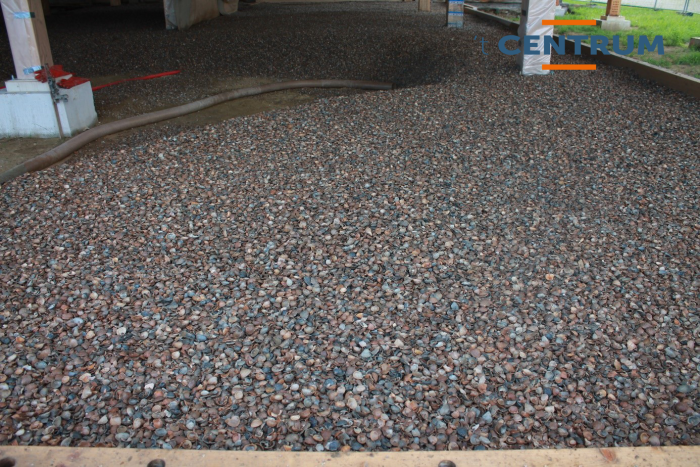
Further information: www.ecoschelp.be
Photo: Ecoschelp floor insulation at 't Centrum

